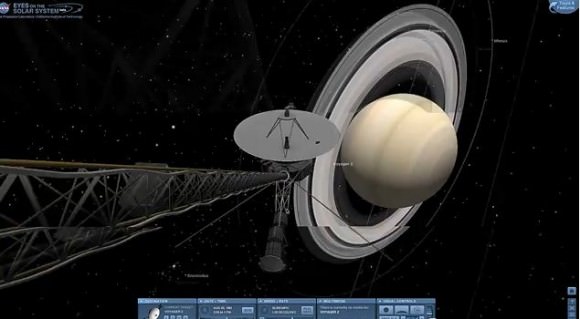

Fanapi is forecast to cross Taiwan from east to west and then emerge into the Taiwan Strait as a tropical storm and make a final landfall in eastern China on Sept. 19 during the morning hours local Asia/Taipei time (late Sept. įanapi is now moving northwest at 6 mph and is expected to make landfall on Sept. To see the image that the Moderate Resolution Imaging Spectroradiometer (MODIS) instrument captured of Typhoon Fanapi on September 17 at 04:45 UTC, go to. Because vertical wind shear is expected to increase over the next 12 to 24 hours, Fanapi is expected to weaken at that time.Īnother instrument on NASA's Aqua satellite captured a visible image of Typhoon Fanapi. Infrared imagery also showed that Fanapi has an 11 mile-wide eye, and that there's a small gap in the eyewall in the northern part of the circulation. The typhoon is on the border of becoming a Category 2 typhoon on the Saffir-Simpson hurricane/typhoon scale. Infrared imagery today continues to show Fanapi consolidating. The coldest cloud tops were as cold as -60F, and the imagery showed a tight center circulation at that time. NASA satellite imagery and astronaut photography reveal where an English. EDT) and captured an infrared image of its cold cloudtop temperatures. to save a perfect 3D view or diving into Street View for a 360 experience. NASA's Aqua satellite passed over Typhoon Fanapi on September 17 at 04:45 UTC (12:45 a.m. It is churning up high seas up to 22 feet.

It was centered about 360 nautical miles east-southeast of Taipei, Taiwan near 23.2 North and 127.4 East. 17, Typhoon Fanapi's maximum sustained winds were near 85 knots (97 mph).


 0 kommentar(er)
0 kommentar(er)
